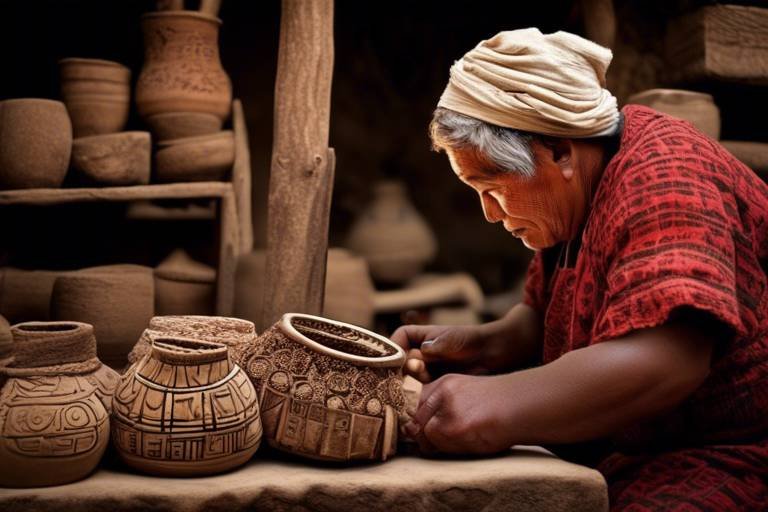The Influence of Ancient Egyptian Religion on Modern Beliefs
The ancient Egyptian religion holds a profound influence on modern beliefs, shaping spiritual ideologies, cultural customs, and societal norms in ways that continue to resonate today. Through the exploration of ancient practices and beliefs, we can uncover the enduring impact they have had on contemporary thought and practices. The rich tapestry of symbolism and iconography woven by the ancient Egyptians has found its way into modern art, architecture, and religious rituals, serving as a bridge between the past and the present. These symbols, such as the Ankh and the Eye of Horus, carry deep meanings that transcend time and space, connecting us to our ancient roots.
One of the most fascinating aspects of ancient Egyptian religion is its beliefs about the afterlife. The intricate rituals and ceremonies surrounding death and the journey to the underworld have parallels in many modern religions and spiritual philosophies. Exploring the similarities and differences between ancient Egyptian afterlife beliefs and those of today offers a glimpse into the evolution of human understanding and the enduring quest for meaning beyond the physical realm.
Central to the ancient Egyptian religious landscape were the deities and the practices of worship. The pantheon of gods and goddesses, each with their unique attributes and domains, mirrors the diverse array of divine figures present in modern belief systems. The rituals and offerings made to these deities in ancient times find echoes in contemporary religious ceremonies, highlighting the enduring nature of human devotion and reverence.
The moral codes and ethical principles espoused in ancient Egyptian religious texts continue to shape contemporary moral values and societal norms. The teachings of Ma'at, emphasizing truth, justice, and harmony, resonate across time, reminding us of the timeless importance of living in alignment with universal principles. The ethical framework laid out by the ancient Egyptians serves as a guiding light in navigating the complexities of modern life.
Rituals and ceremonies played a central role in ancient Egyptian religious practices, with priests and followers engaging in elaborate rites to honor the gods and ensure the well-being of the community. These rituals, steeped in symbolism and tradition, find expression in modern religious ceremonies, underscoring the enduring power of ritual in connecting the human experience to the divine. The echoes of ancient chants and incantations reverberate through time, carrying with them the wisdom of the ages.
Ancient Egyptian cosmology and creation myths offer a unique perspective on the origins of the universe, drawing parallels and distinctions with modern scientific theories and religious creation stories. The intricate tapestry of gods and cosmic forces weaving the fabric of existence in ancient Egyptian mythology invites us to ponder the mysteries of creation and our place within the cosmic order. Exploring these myths opens a doorway to a deeper understanding of the interconnectedness of all things.
The practice of divination and magic held a significant place in ancient Egyptian religious life, with rituals and spells used to divine the future and harness supernatural forces. The legacy of these practices lives on in occult and spiritual traditions, where the quest for hidden knowledge and the exploration of unseen realms continue to captivate seekers of truth and wisdom. The ancient Egyptians' mastery of magic and divination serves as a testament to the enduring human fascination with the mysterious and the unknown.
Sacred sites and temples were focal points of ancient Egyptian religious life, serving as centers of worship, pilgrimage, and spiritual reflection. The grandeur and majesty of these architectural wonders continue to inspire awe and reverence, drawing modern pilgrims and spiritual seekers to connect with the divine in sacred spaces. The legacy of these ancient sites reminds us of the enduring power of sacred architecture to elevate the human spirit and foster a sense of connection to something greater than ourselves.
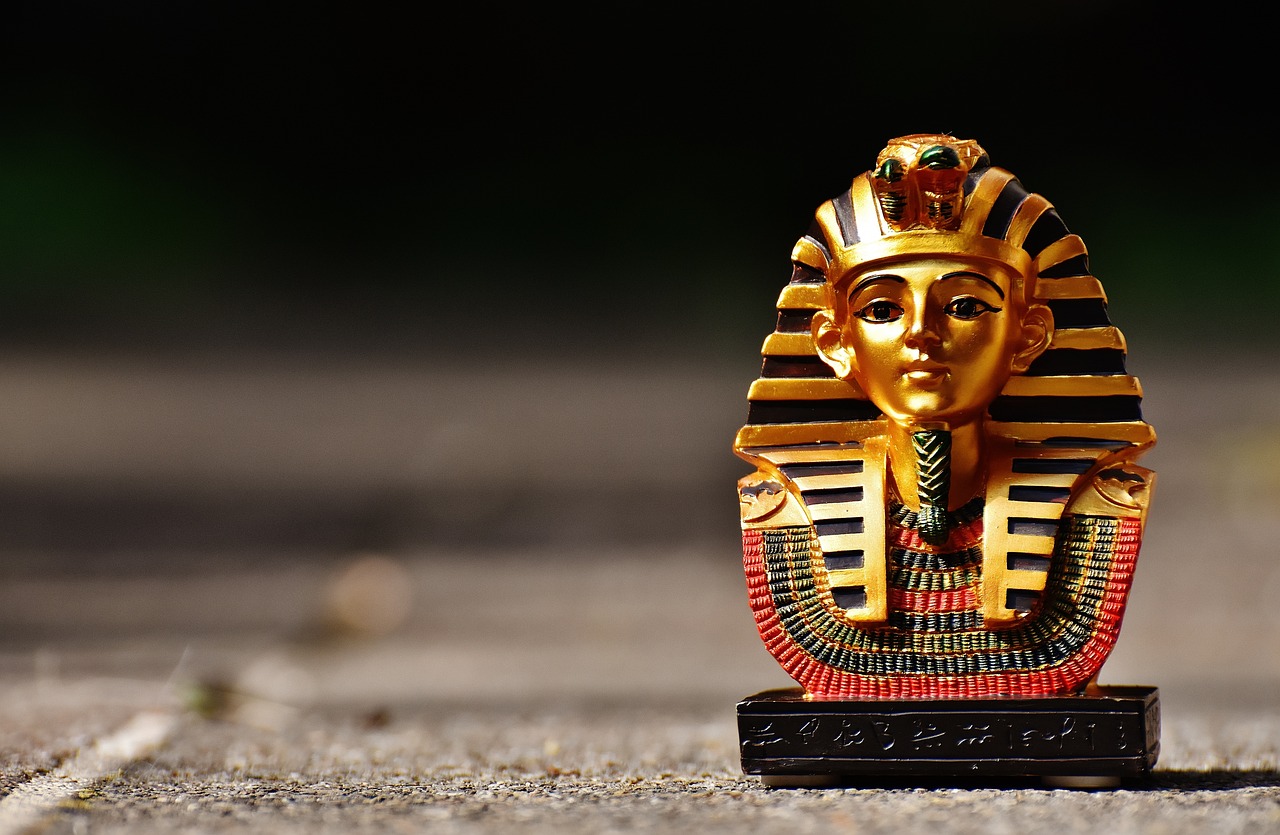
Symbolism and Iconography
Exploring the lasting impact of ancient Egyptian religious practices and beliefs on contemporary spiritual ideologies, cultural customs, and societal norms.
Symbolism and iconography play a significant role in understanding the influence of ancient Egyptian religion on modern beliefs. The intricate symbols and iconic representations from ancient Egyptian culture have found their way into various aspects of contemporary art, architecture, and religious practices. The Eye of Horus, the Ankh, and the Scarab Beetle are just a few examples of symbols that have transcended time and continue to hold deep meaning in today's society.
These symbols often carry profound messages and embody powerful concepts such as protection, life, rebirth, and eternity. Artists and architects draw inspiration from the rich visual language of ancient Egypt, incorporating these symbols into their creations to evoke a sense of mysticism and connection to the divine. In religious practices, these symbols serve as reminders of ancient wisdom and spiritual truths, bridging the gap between the past and the present.
By delving into the symbolism and iconography of ancient Egyptian religion, we uncover a treasure trove of meaning that continues to shape and enrich modern beliefs and practices. The enduring legacy of these symbols serves as a testament to the profound influence of ancient Egyptian culture on the spiritual landscape of today.
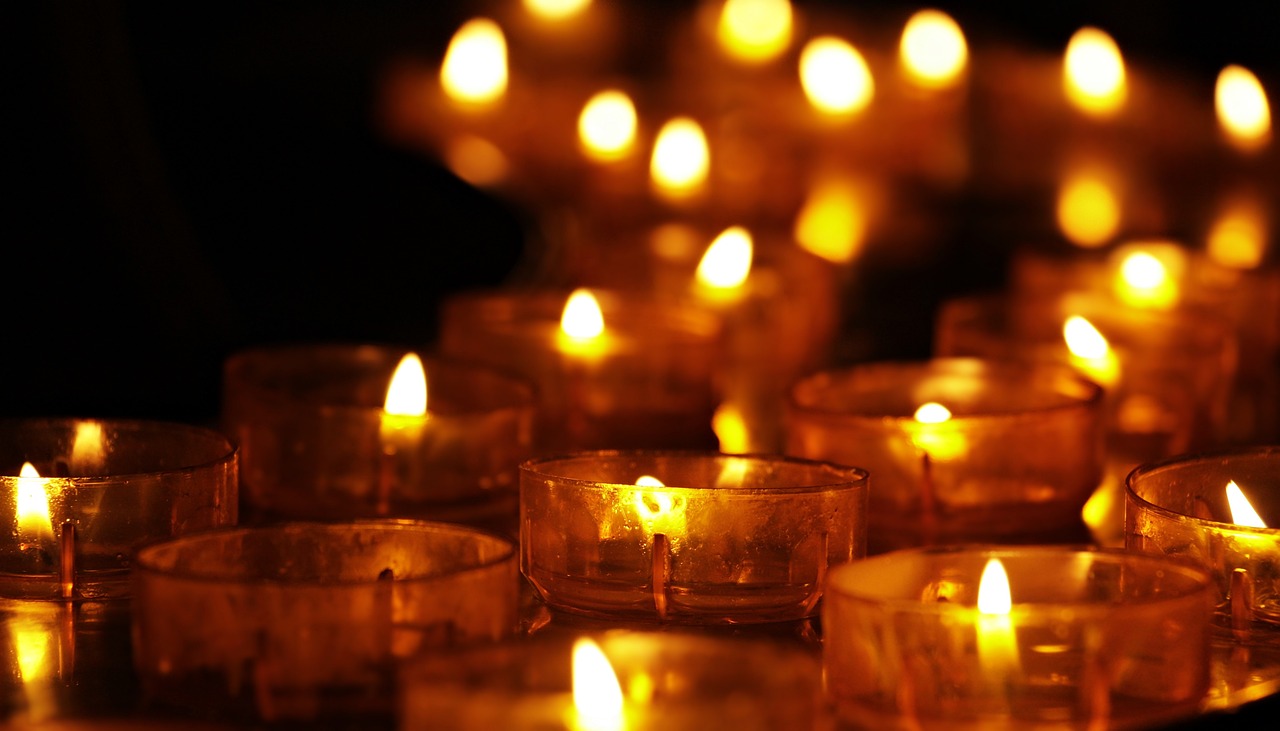
Afterlife Beliefs
Ancient Egyptian beliefs about the afterlife were intricate and deeply ingrained in their religious practices. The concept of the afterlife, or the journey to the "Field of Reeds," was a central tenet of ancient Egyptian religion. Egyptians believed in the existence of the soul and its journey through the underworld after death, where it would be judged based on the individual's actions in life. This judgment determined the soul's fate in the afterlife, whether it would be granted eternal paradise or face punishment.
The process of mummification, elaborate burial rituals, and the inclusion of grave goods were all essential components of ensuring a successful transition to the afterlife. The belief in the preservation of the physical body through mummification was tied to the idea that the soul needed a recognizable form to navigate the afterlife successfully. Tombs were filled with items believed to be necessary for the deceased in the afterlife, reflecting the importance placed on proper preparation for the journey beyond death.
Comparing ancient Egyptian afterlife beliefs with modern religions reveals both similarities and differences. While concepts of judgment, reward, and punishment in the afterlife are prevalent in various belief systems, the specific details and rituals associated with the journey to the afterlife vary significantly. Modern religions often focus on concepts of heaven and hell, salvation, and reincarnation, which may differ from the ancient Egyptian belief in a complex underworld journey.
Furthermore, the influence of ancient Egyptian afterlife beliefs can be seen in contemporary spiritual philosophies that emphasize the soul's journey, karma, and the importance of moral actions in shaping one's fate beyond death. The enduring fascination with the afterlife in popular culture, literature, and art also reflects the ongoing impact of ancient Egyptian beliefs on modern interpretations of death and the beyond.
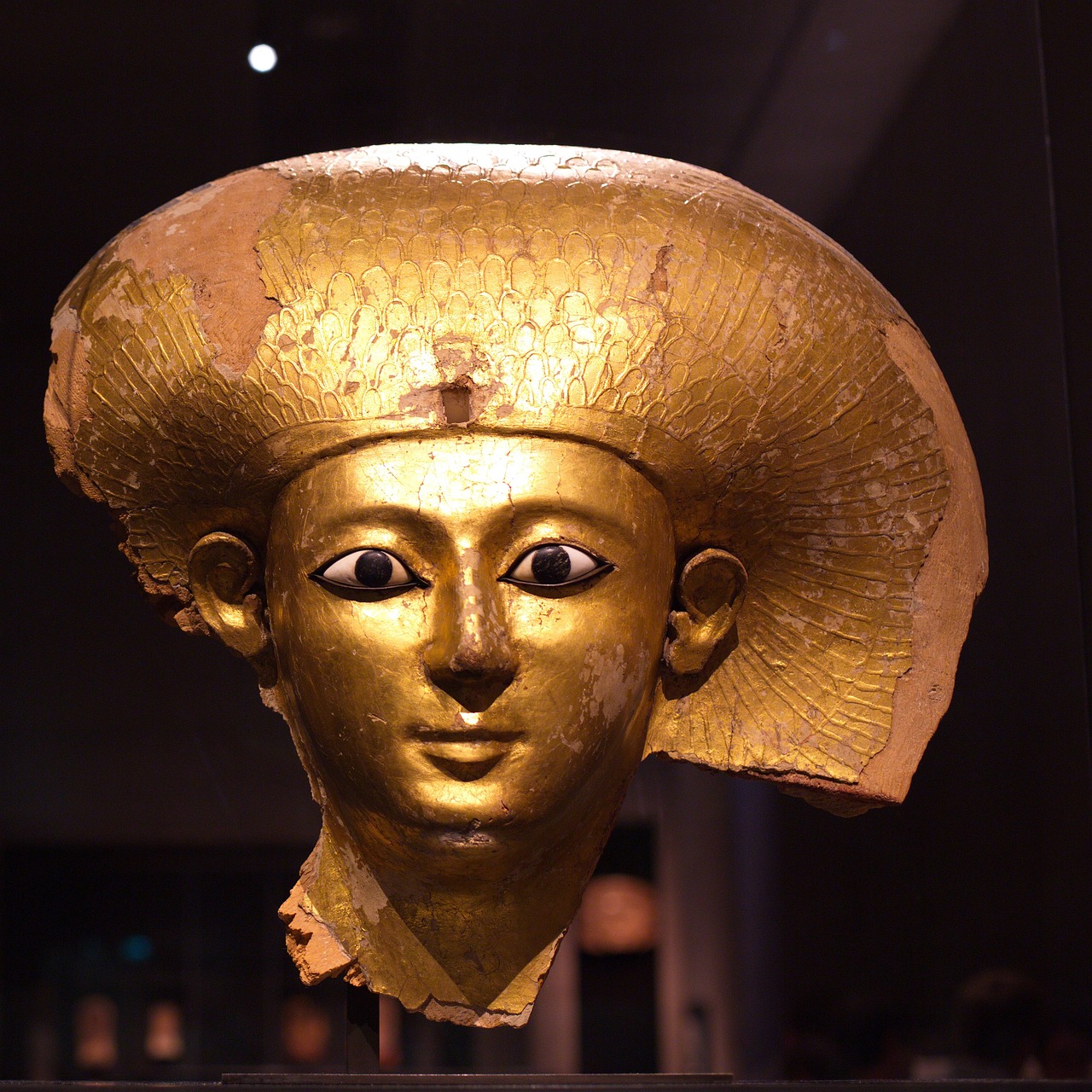
Deities and Worship
When delving into the realm of ancient Egyptian religion, one cannot ignore the intricate tapestry of deities and worship practices that defined their spiritual landscape. The pantheon of gods and goddesses worshipped by the ancient Egyptians reflects a rich and complex belief system that continues to influence modern spiritual ideologies.
The ancient Egyptians revered a multitude of deities, each with their own unique characteristics and domains of influence. From the powerful sun god Ra to the wise goddess Ma'at, these divine figures played a central role in the religious practices and daily lives of the ancient Egyptians.
Moreover, the concept of divine worship in ancient Egypt was not confined to grand temples and elaborate ceremonies. It permeated every aspect of society, shaping moral values, social norms, and individual behavior. The rituals performed in honor of the gods were seen as essential for maintaining cosmic order and harmony.
Today, traces of ancient Egyptian deities can still be found in modern belief systems and practices. The reverence for nature, the importance of balance and harmony, and the recognition of divine forces in everyday life all echo the core tenets of ancient Egyptian worship.
Furthermore, the concept of polytheism, or the belief in multiple gods, which was central to ancient Egyptian religion, continues to manifest in various forms in contemporary spiritual traditions. The idea of seeking guidance and protection from different deities for different aspects of life resonates with the diverse ways in which individuals approach spirituality today.

Morality and Ethics
When delving into the realm of ancient Egyptian religion, one cannot overlook the profound influence it has had on shaping modern beliefs surrounding morality and ethics. The moral codes and ethical principles present in ancient Egyptian religious texts serve as a cornerstone for contemporary moral values and societal norms. These ancient teachings emphasize virtues such as truth, justice, and compassion, which continue to resonate with individuals seeking guidance on ethical conduct in today's world.
One of the central tenets of ancient Egyptian morality was the concept of Ma'at, representing order, balance, and harmony in the universe. This principle governed not only the interactions between individuals but also the relationship between humanity and the divine. The belief in upholding Ma'at underscored the importance of living a virtuous life guided by honesty, integrity, and respect for others.
Furthermore, the ethical framework of ancient Egyptian religion extended beyond individual behavior to encompass societal values and responsibilities. The emphasis on social harmony and collective well-being influenced the development of laws and governance in ancient Egypt, laying the groundwork for the establishment of a just and equitable society.
In modern times, the legacy of ancient Egyptian morality and ethics can be observed in various aspects of contemporary culture. From legal systems that uphold principles of justice and fairness to ethical guidelines in professions such as medicine and law, the echoes of Ma'at continue to shape our understanding of right and wrong.
Moreover, the enduring relevance of ancient Egyptian ethical teachings is evident in the emphasis placed on virtues such as integrity, empathy, and accountability in personal and professional contexts. By reflecting on the ethical wisdom of the past, individuals today can draw inspiration from the timeless principles of ancient Egyptian morality to navigate the complexities of the modern world.
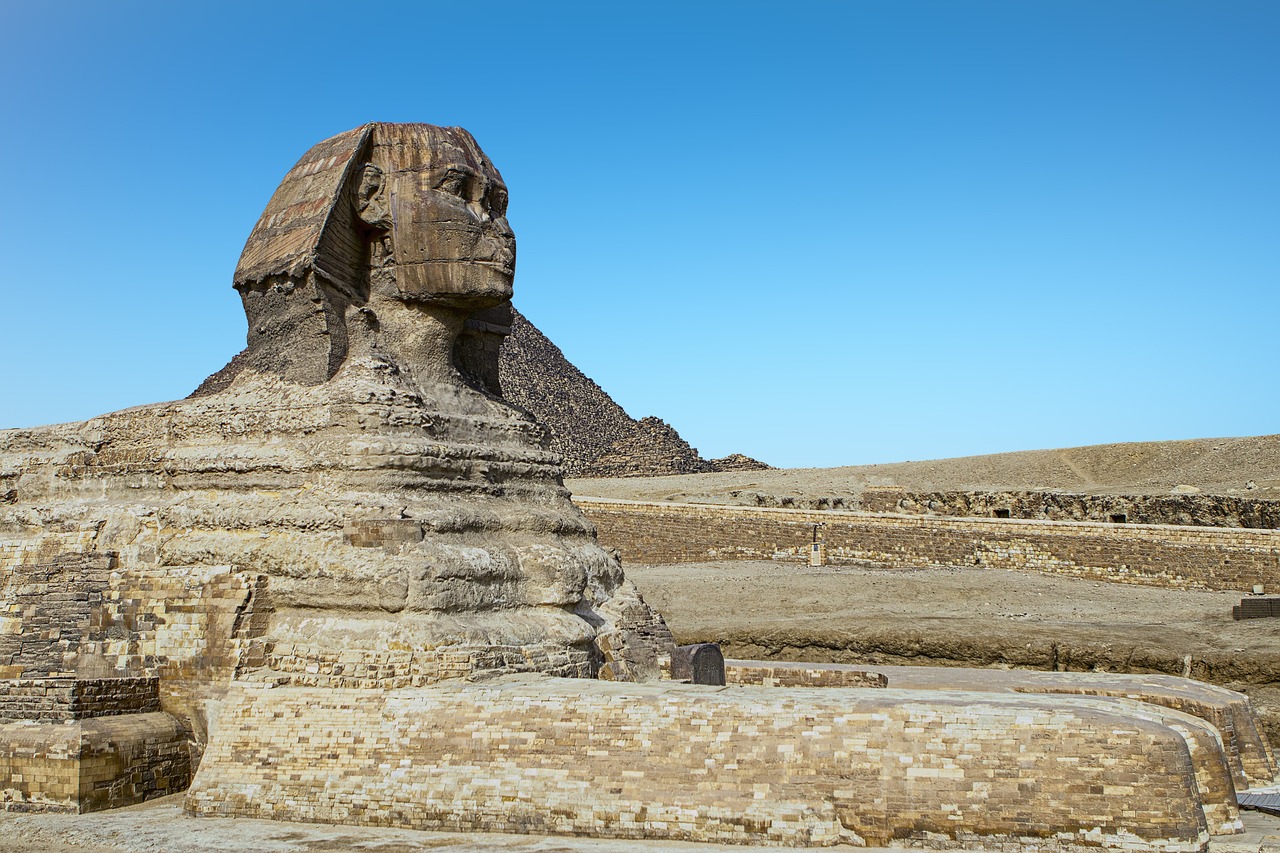
Rituals and Ceremonies
Exploring the lasting impact of ancient Egyptian religious practices and beliefs on contemporary spiritual ideologies, cultural customs, and societal norms.
Ancient Egyptian rituals and ceremonies were intricate and central to their religious practices. The priests played a crucial role in performing these ceremonies, often in grand temples dedicated to various deities. These rituals were not just symbolic but believed to have a direct impact on the spiritual realm, influencing the gods and ensuring the well-being of the people.
The most famous of these ceremonies was the ritual of the Opening of the Mouth, which was performed on statues and mummies to ensure the deceased could speak and interact in the afterlife. This ceremony symbolized the transition from earthly existence to the realm of the gods and was a vital part of the funerary rites.
Ancient Egyptians also held regular festivals and processions to honor their gods and goddesses, with music, dance, and offerings playing a significant role. The Opet Festival, for example, celebrated the union of Amun and Mut, two prominent deities, and was a time of great feasting and revelry.
Moreover, the daily rituals performed in temples, such as offerings of food and incense, purification rites, and prayers, were believed to maintain cosmic order and harmony. These ceremonies were not only religious but also served to reinforce social cohesion and hierarchy within Egyptian society.
Today, echoes of these ancient Egyptian rituals and ceremonies can be found in modern religious practices and ceremonies around the world. The concept of sacred rituals, the use of symbols and gestures, and the belief in the transformative power of ceremonies all trace back to the rich traditions of ancient Egyptian religion.
1. How did ancient Egyptian rituals influence modern religious practices?
2. What was the significance of the Opening of the Mouth ceremony in ancient Egyptian belief?
3. How do modern societies incorporate elements of ancient Egyptian ceremonies into their cultural practices?
4. Are there any specific modern religious groups that directly trace their rituals back to ancient Egyptian traditions?
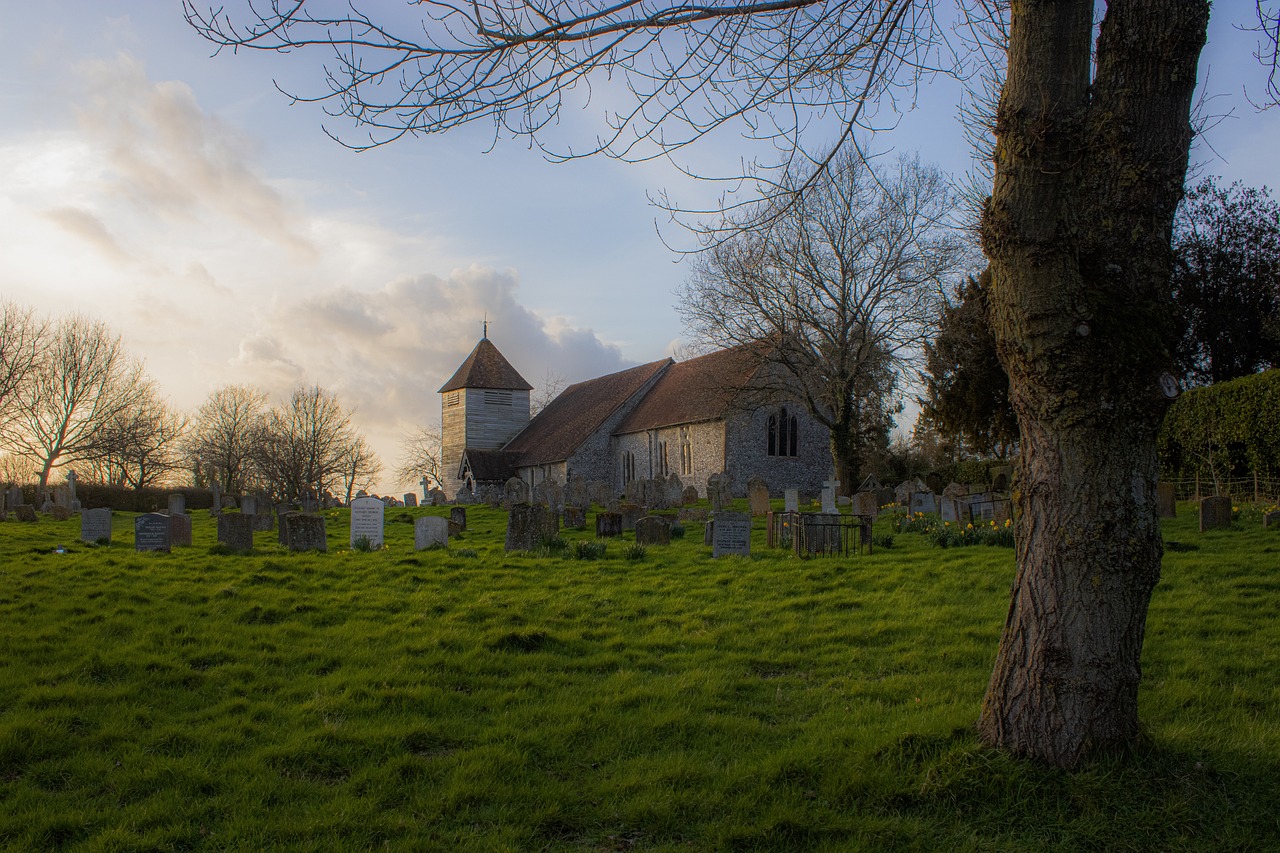
Cosmology and Creation Myths
The ancient Egyptians held a complex cosmological belief system that intertwined with their creation myths, shaping their understanding of the universe and their place within it. At the heart of Egyptian cosmology was the concept of Ma'at, representing order, balance, and truth in the world. This principle governed the natural cycles of life, death, and rebirth, reflecting the cyclical nature of existence.
Central to Egyptian creation myths was the story of the god Atum, who emerged from the primordial waters of chaos and created the world through his own divine will. Atum's act of creation symbolized the emergence of life from the formless void, establishing the foundation for the physical and spiritual realms to coexist.
Moreover, the Egyptians believed in the concept of the Ennead, a group of nine deities who played essential roles in the creation and maintenance of the universe. Among them were the god Ra, the sun god and creator of life, and the goddess Isis, who represented magic, healing, and motherhood. These deities embodied different aspects of nature and human experience, influencing the course of existence through their interactions and interventions.
Interestingly, the Egyptian creation myths shared parallels with other ancient cosmological beliefs, such as the Mesopotamian Enuma Elish and the Judeo-Christian Genesis narratives. These similarities underscore the universal themes of creation, divine order, and the eternal struggle between chaos and harmony that resonate across different cultures and traditions.
When we delve into modern scientific theories of cosmology, such as the Big Bang theory and the evolution of the universe, we find intriguing parallels with the ancient Egyptian cosmological concepts. Both perspectives seek to explain the origins and development of the cosmos, albeit through different lenses and methodologies.
Through exploring the rich tapestry of Egyptian cosmology and creation myths, we gain a deeper appreciation for the enduring legacy of these ancient beliefs on contemporary thought, inspiring us to contemplate our place in the vast expanse of the universe and the mysteries that lie beyond.
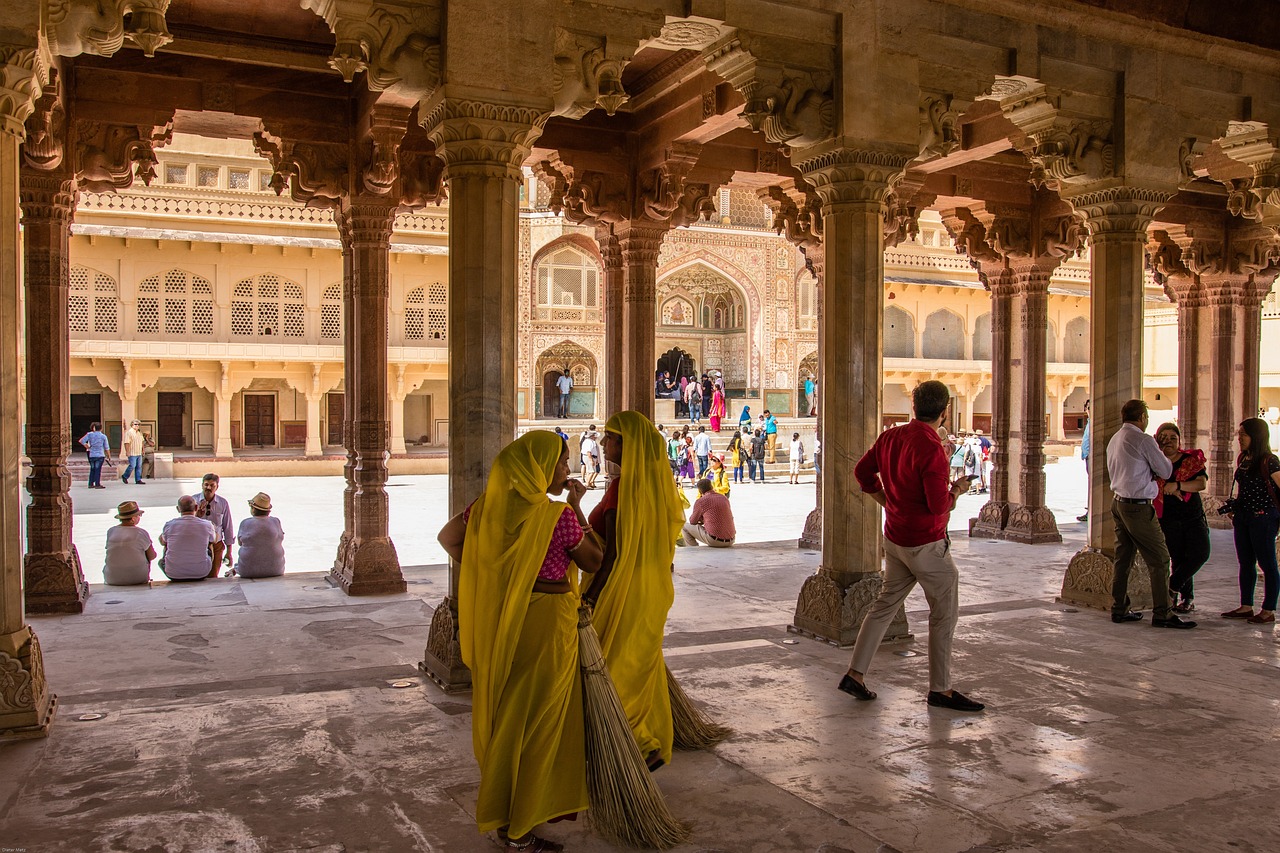
Divination and Magic
Divination and magic held a significant place in ancient Egyptian religious practices, playing a crucial role in seeking guidance from the divine and harnessing mystical forces. The ancient Egyptians believed in the power of magic to influence events and shape destinies, utilizing spells, amulets, and rituals to protect themselves from harm and achieve their desires. Divination, the practice of foretelling the future or gaining insight through supernatural means, was also deeply ingrained in Egyptian culture.
Ancient Egyptian priests and magicians were highly skilled in the art of divination and magic, using various methods such as interpreting dreams, reading omens, and casting lots to communicate with the gods and uncover hidden knowledge. These practices were not only seen as a way to predict the future but also as a means of connecting with the spiritual realm and understanding the will of the deities.
The use of magic in ancient Egypt was not limited to personal gain but also extended to maintaining cosmic order and harmony in the universe. Magical spells and incantations were employed in religious ceremonies, healing rituals, and protective charms to ward off evil spirits and ensure the well-being of the community. The belief in the efficacy of magic was deeply rooted in the Egyptian worldview, shaping their interactions with the supernatural and the physical world.
Today, the legacy of ancient Egyptian divination and magic can be seen in various occult and spiritual traditions that incorporate elements of Egyptian mysticism. Practices such as tarot reading, crystal gazing, and astrology bear traces of the divinatory methods used by the ancient Egyptians, reflecting a continued fascination with the unseen forces that govern human existence.
The enduring appeal of Egyptian magic lies in its mystical allure and the belief in the interconnectedness of the spiritual and material realms. While modern interpretations of divination and magic may differ from their ancient counterparts, the essence of seeking insight and tapping into the unknown remains a timeless pursuit that transcends cultural boundaries.
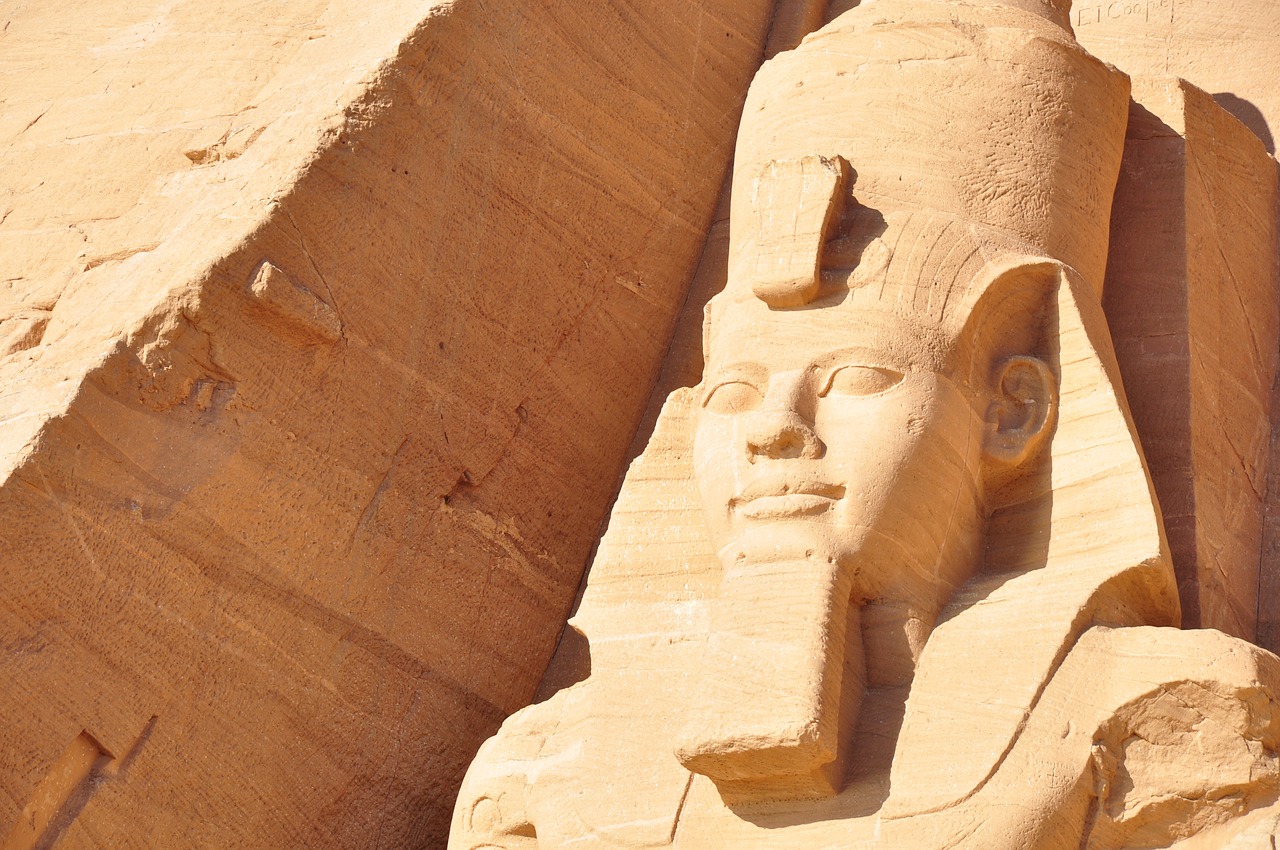
Sacred Sites and Temples
Ancient Egyptian temples and sacred sites hold a profound significance in the realm of religious practices, both in antiquity and in the present day. These architectural marvels served as the focal points of worship and spiritual connection for the ancient Egyptians, reflecting their deep-seated beliefs in the divine and the afterlife. The grandeur and mystique of these sacred sites continue to captivate modern-day visitors, drawing in pilgrims and tourists from around the world seeking a glimpse into the spiritual legacy of the past.
The temples of ancient Egypt were not merely structures of stone and mortar but rather embodiments of cosmic order and divine presence. Each temple was dedicated to a specific deity, serving as a gateway between the earthly realm and the divine realm. The elaborate hieroglyphic inscriptions, intricate carvings, and towering obelisks within these temples conveyed stories of creation, mythology, and religious rituals, offering a glimpse into the spiritual beliefs and practices of the ancient Egyptians.
One of the most renowned sacred sites in ancient Egypt is the Karnak Temple Complex in Luxor, dedicated to the god Amun-Ra. This vast temple complex, with its towering columns and colossal statues, exemplifies the grandeur and architectural prowess of ancient Egyptian civilization. The Karnak Temple served as a center of religious activity and pilgrimage, drawing in devotees and priests who engaged in elaborate ceremonies and rituals to honor the gods.
Another iconic sacred site is the Temple of Hatshepsut, nestled amidst the cliffs of Deir el-Bahari near the Valley of the Kings. Dedicated to the female pharaoh Hatshepsut, this temple is a testament to the power and influence of women in ancient Egyptian society. The terraced design of the temple, blending seamlessly with the natural landscape, reflects the harmony between human creativity and the divine order of the cosmos.
Modern-day visitors to these sacred sites and temples are not only awestruck by their architectural splendor but also by the spiritual aura that permeates these ancient grounds. The echoes of prayers, chants, and rituals from millennia past seem to linger in the air, inviting contemplation and reflection on the mysteries of life, death, and the eternal quest for meaning.
Frequently Asked Questions
- What influence did ancient Egyptian religion have on modern beliefs?
Ancient Egyptian religion has had a significant impact on modern beliefs, influencing spiritual ideologies, cultural customs, and societal norms. Many symbols and practices from ancient Egyptian religion have been incorporated into contemporary art, architecture, and religious rituals.
- How do ancient Egyptian afterlife beliefs compare to modern religions?
Ancient Egyptians had elaborate beliefs about the afterlife, with rituals and practices aimed at ensuring a successful journey to the next world. These beliefs differ in details but share common themes with modern religions regarding the concept of an afterlife and the importance of ethical living.
- What role did deities play in ancient Egyptian religion and how does it relate to modern belief systems?
Ancient Egyptian religion featured a complex pantheon of gods and goddesses, each with specific attributes and roles. These deities were worshipped and revered, a practice that has parallels in modern belief systems where various divine figures are central to religious practices and rituals.
- Are there any similarities between ancient Egyptian moral codes and modern ethical principles?
Ancient Egyptian religious texts contained moral codes and ethical guidelines that emphasized virtues like truth, justice, and compassion. These principles have influenced modern moral values and societal norms, highlighting the enduring impact of ancient Egyptian ethics.
- How do ancient Egyptian rituals and ceremonies compare to modern religious practices?
Ancient Egyptian priests and followers engaged in elaborate rituals and ceremonies to honor their deities and ensure cosmic order. These practices have parallels in modern religious ceremonies, highlighting the continuity of certain rituals and their significance in fostering spiritual connections.


















